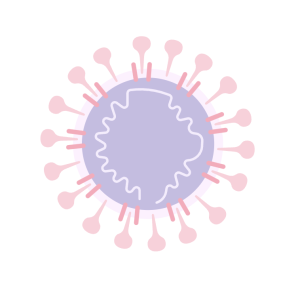There are two main ways in which protease inhibitors inhibit protease activity:
Competitive inhibition: Protease inhibitors bind to proteases, competitively occupying the active site of the protease, thereby preventing the substrate (i.e. the substance that the protease acts on) from binding to the protease, thereby inhibiting enzyme activity. This inhibition method prevents the substrate from binding to the protease, thus preventing normal enzymatic reactions.

Non competitive inhibition: Protease inhibitors bind to other sites of the protease, altering the conformation of the enzyme, preventing substrate binding or causing significant changes in enzyme activity, thereby inhibiting enzyme activity. This method does not directly target the active site, but by changing the structure and function of the enzyme, it can also achieve the effect of inhibiting enzyme activity.
Protease inhibitors are a type of small molecule compounds or proteins that can bind to proteases and inhibit their activity. They inhibit the activity of proteases competitively or non competitively, blocking the process of protein degradation and processing, and achieving the goal of treating diseases. For example, in HIV treatment, protease inhibitors can inhibit the activity of HIV virus proteases, prevent key steps in the virus replication process, and thus slow down the replication and transmission of the virus in the body.
It should be noted that the use of protease inhibitors needs to be guided by a doctor to ensure the safety and effectiveness of medication. Meanwhile, different types of protease inhibitors have different mechanisms of action and applicable ranges, and appropriate drugs need to be selected for treatment based on specific circumstances.


